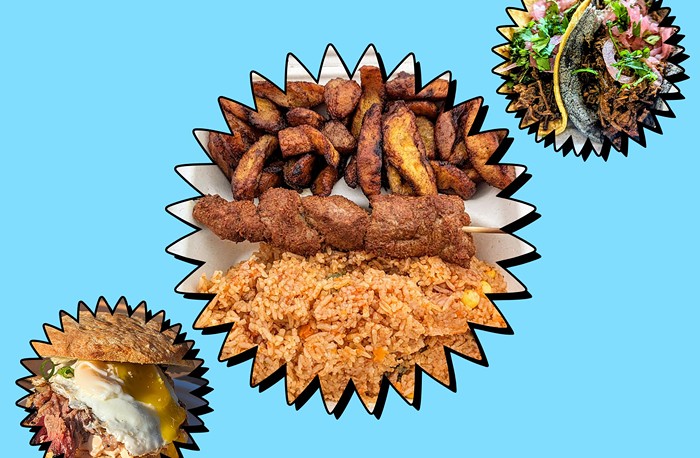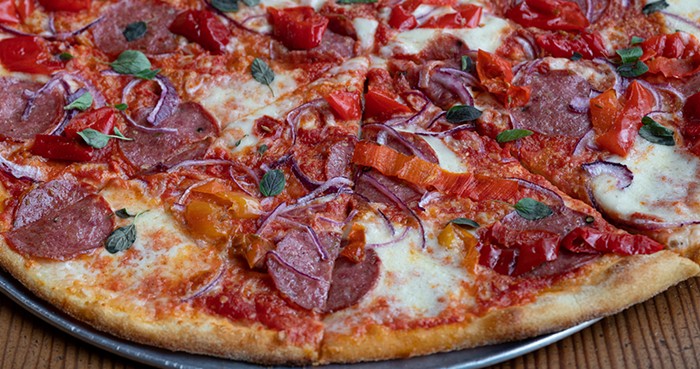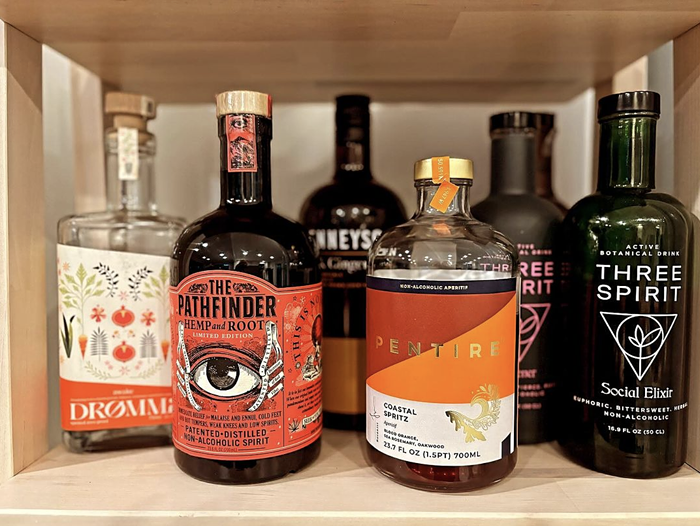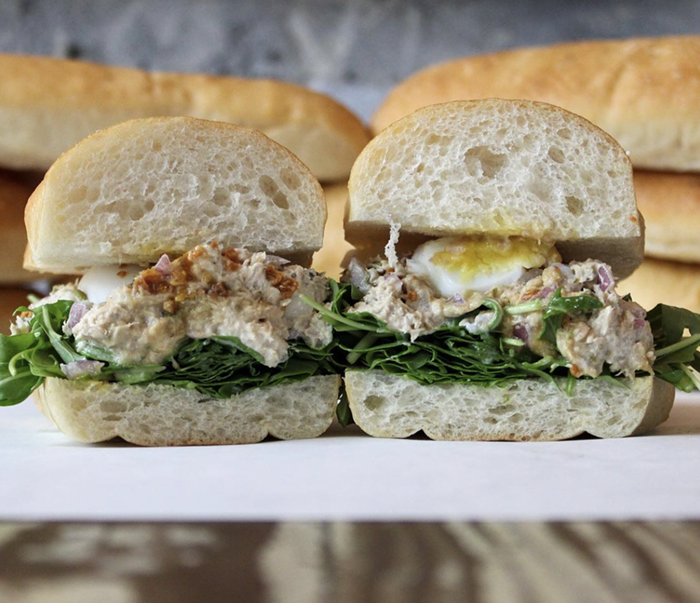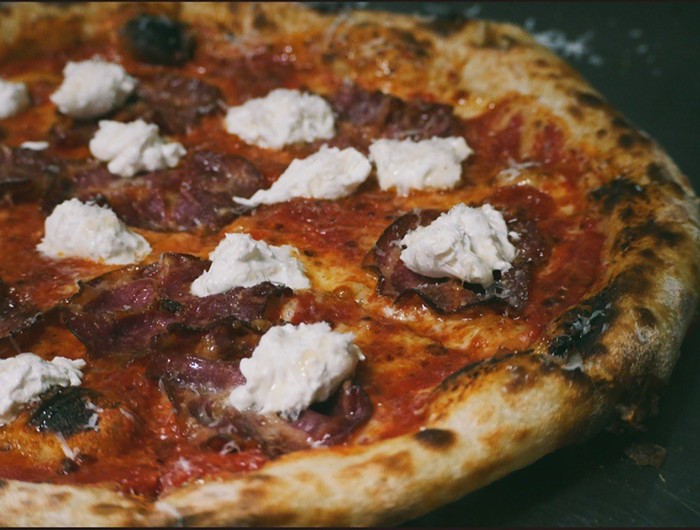Jamie Oliver's Food Revolution is all about the crappy food American public schools serve to kids. Oliver is famous for revamping the school lunch program in Britain, and since the kids there ate crap, and the kids here eat crap, and because kids who eat crap tend to grow up into adults who eat crap, the show focuses mainly on Oliver's attempts to revamp a school lunch program in Huntington, West Virginia, which is filled to the brim with crap. In Huntington—named the fattest city in the country—they serve frozen pizza to students for breakfast. Lunch is chicken nuggets with a side of goop. The kids gulp it all down with fluorescent pink milk.
The footage of all these kids eating all this crap is enough to make anyone's stomach turn, and the show got me wondering: What kind of meals are we serving kids in Seattle Public Schools? You'd think our city—home to so many farmers markets, co-ops, and upscale restaurants that make a point of serving only what's farm-fresh—would have enough people concerned about food to not serve our kids total crap.
To get answers, I called up Seattle Public Schools nutrition services director Anita Finch. With a tiny budget of just $2.25 for each student meal, Finch must devise a healthy and delicious lunch for the city's school-aged youth, which is then prepared in a sparkling, stadium-sized kitchen in Sodo. We discussed what she thinks of Oliver's efforts to transform school lunches, how the meals here could be improved without breaking the bank, and why Seattle still serves Franken-nuggets to elementary-school students.
Have you seen the Jamie Oliver show? Did you like it?
I think the show is very interesting, but the producers imply that all school districts neglect the health of their students. In general, food services has already had its own revolution, and we provide meals that meet strict nutritional guidelines.
But do the guidelines make sense? The USDA still calls french fries a vegetable.
As a dietician, I believe in the guidelines and I don't think they reduce our ability to be creative or healthy with our lunches. It's our budget that really constricts us.
After you subtract the cost of labor, you have only about a dollar to spend per meal, right?
Yes, and with that dollar we must be able to serve a meat, a fruit, a vegetable, milk, and bread.
Is that where the chicken nugget comes into the picture?
Oh, you must mean the chicken drummies—those are highly processed foods, and we serve them partially because they're cheap and partially because students enjoy them. They remind students of McDonald's chicken nuggets. It's sad but true.
So fast food creates expectations you're forced to fulfill? But isn't your job also to introduce students to healthier foods?
Of course, and that's my passion. That's why we cut our own salads every day. We bring in heads of romaine, and we add carrots and cabbage. We've also been purchasing local for the past eight years. We get our carrots from Eastern Washington and our apples, plums, and pears from Yakima.
So if you had the budget, you'd nix the nugget?
Yes. It's undeniable that when you have a piece of whole-meat chicken versus a chicken nugget, the whole-meat chicken wins.
What are other examples of fresh, yummy foods you've been able to put on students' plates?
Four years ago, we began our ethnic-foods program. Our dietician visited local ethnic restaurants, and we developed truly authentic ethnic recipes. Our most popular item is the Vietnamese sandwich, which we serve on an authentic Vietnamese roll with meats, carrots, daikon radish, and a cilantro dressing. We also serve Somali spaghetti with fresh carrots and potatoes.
Does the tension between the lunch ladies and Oliver in Food Revolution ring false to you? It doesn't sound like you're resistant to innovation at all.
Yes, we'd love to have someone like Oliver come and help us cook! That would be totally awesome.
If you had unlimited resources, what would be your dream meal to serve to kids?
Oh my goodness, I have never thought of my dream meal. Let's see... maybe a baked chicken with carrots and a honey-mustard glaze, a fresh green salad, a whole-wheat roll, and skim milk?
Do you know how much more money you would need to make it a reality?
We'd need at least 30 cents more per meal. Obama wanted to pass a bill allocating $10 million more per year toward school lunches, but Congress just reduced that amount to $4 million. That comes down to only 10 cents extra per meal. We can't even afford an extra fruit for that amount. ![]()

